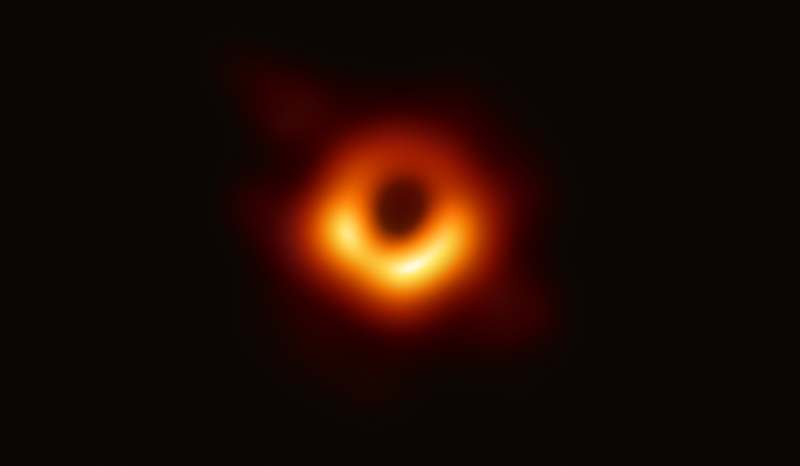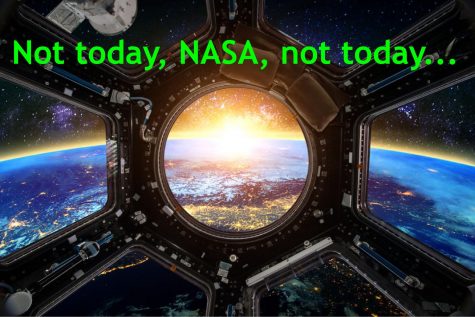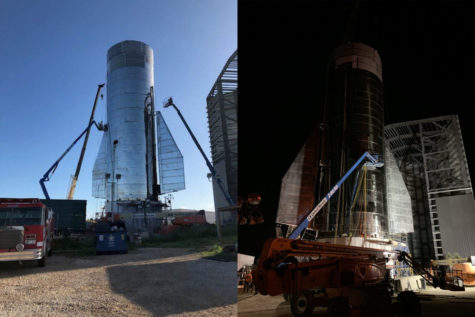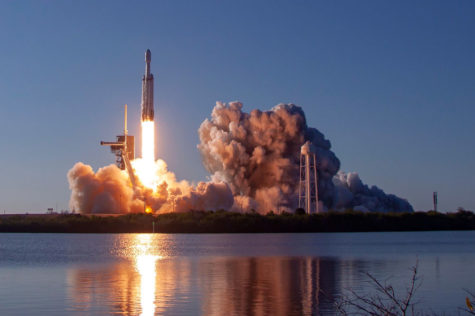Beyond the Event Horizon: First Ever Pictured Black Hole
April 12, 2019
For two years now, radio telescopes from around the globe — the South Pole, France, Chile, and Hawaii — have all been trained on one specific area of the sky: the galaxy Messier 87, located 55 million light years away in the Virgo constellation. For two years astronomers have had their keen eyes here, and not for the galaxy, but for what lies in the center: a black hole.
Within the center of M87 is a black hole with almost immeasurable proportions. It is a supermassive black hole, estimated to be 1,000 times larger than the black hole at the center of the Milky Way. Our own black hole has a mass comparable to approximately 4.1 million stars, according to The New York Times, which is a fraction of the black hole within M87, which has a solar mass of around 4 billion stars.
It is not just the size of this black hole that has piqued the interest of astronomers, however; it is the probability of obtaining the first ever image of a black hole. And on April 10, it was announced by Harvard astronomer Shep Doeleman, during a conference at the Harvard-Smithsonian Center, that this image was finally obtained.
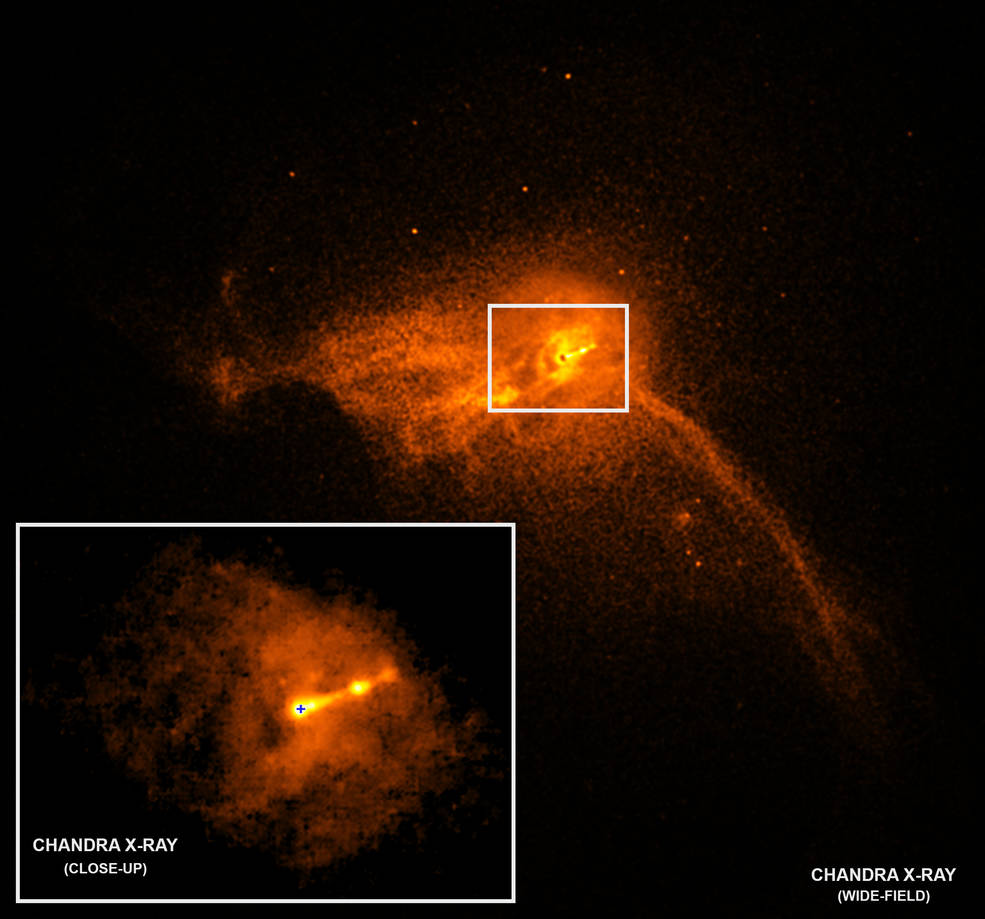
Although appearing fuzzy and blurry, the image is a haunting spectacle. Black holes are the most difficult objects in the universe to capture in an image because their gravity is so strong that it sucks in all light that comes near. The only thing that helps with finding a black hole is the accretion disk, the disk of light that always surrounds a black hole, consisting of thousands of stars. This black hole was large enough to cause an accretion disk large enough to detect.
Within the image, one can only see the shadow, or silhouette, of the black hole as heat and gas travels by. Even then, it is still more than we have ever seen before. “We have seen what we thought was unseeable,” Doeleman said during the conference.
This one picture may not look like much to many people, but it is another stepping stone for science. If we can see the unseeable, we can know the unknowable. A single image can spiral into our learning the deepest secrets of black holes, the secrets behind dark matter, and what lies behind universal mysteries such as the Bootes Void and whether or not we are alone.
To many, it may not seem like the image will make history, but it already has. The first images of Earth, the first Rovers on Mars, the first satellites to leave the solar system changed the world. It is our first steps that guide us to places we can never imagine, and every day we continue to take more first steps.
This is another step that will define our future, and will send us beyond the Event Horizon.


